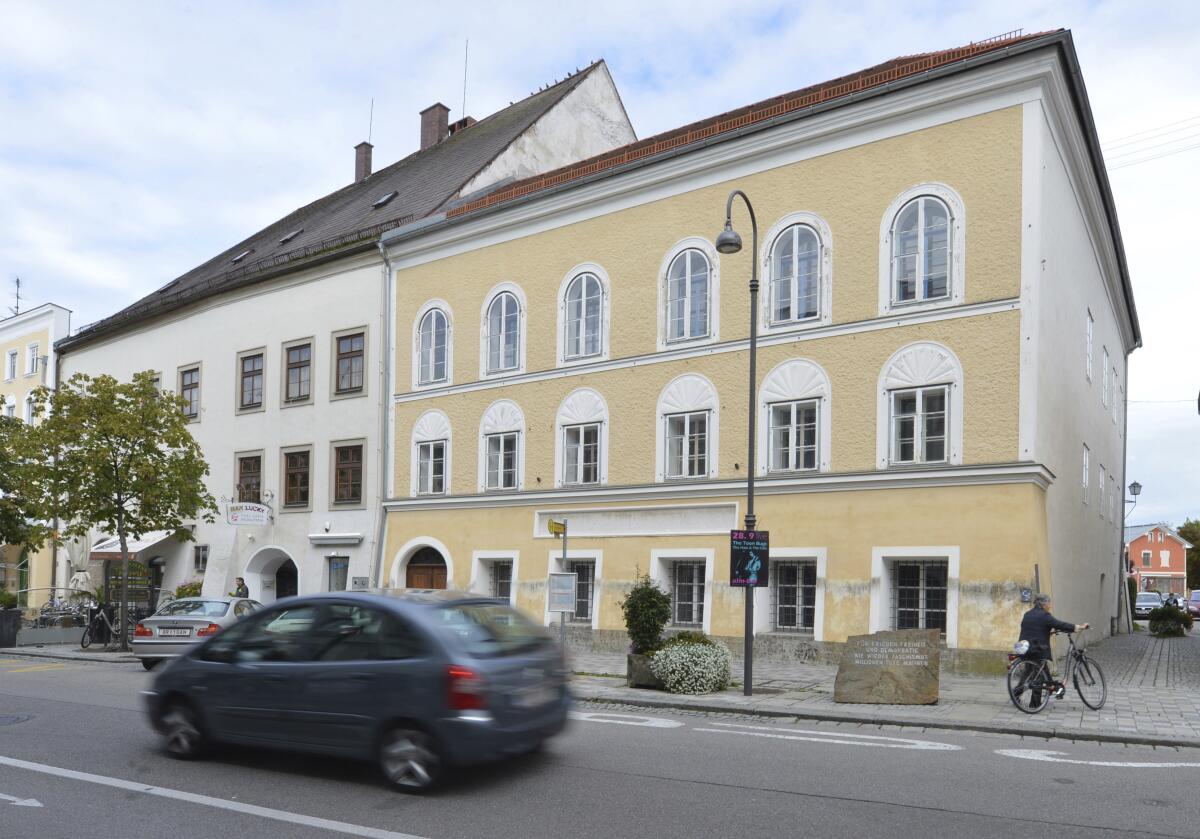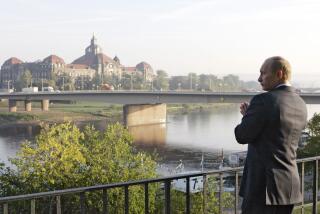Work starts on turning the house where Hitler was born into a police station

BRAUNAU AM INN, Austria — Work started Monday on turning the house in Austria where Adolf Hitler was born in 1889 into a police station, a project meant to make it unattractive as a site of pilgrimage for people who glorify the genocidal Nazi dictator.
The decision on the future of the building in Braunau am Inn, a town on Austria’s border with Germany, was made in late 2019. Plans call for renovating it as a police station, the district police headquarters and a security academy branch where police officers will get human rights training.
On Monday, workers put up fencing and started taking measurements for the construction work. The police are expected to move into the premises in early 2026.
A years-long back-and-forth over the ownership of the house preceded the overhaul project. The question was resolved in 2017 when Austria’s highest court ruled that the government was within its rights to expropriate the building after its owner refused to sell it. A suggestion that it might be demolished was dropped.
The building had been rented by Austria’s Interior Ministry since 1972 to prevent its misuse and was sublet to various charitable organizations. It stood empty after a care center for adults with disabilities moved out in 2011.
A memorial stone is to remain in place outside the house with the inscription: “For freedom, democracy and liberty. Never again fascism. Millions of dead remind us.”
The man who fought for a Nazi military unit during World War II was invited to attend Ukrainian President Volodymyr Zelensky’s address in the House of Commons.
The Austrian government argues that having the police, as the guardians of civil liberties, move in is the best use for the building. But there has been criticism of the plan.
Historian Florian Kotanko complained that “there is a total lack of historical contextualization.” He argued that the Interior Ministry’s intention of removing the building’s “recognition factor” by remodeling it “is impossible to accomplish.”
“De-mystification should be a key part,” he added, arguing in favor of a suggestion that an exhibition on people who saved Jews under Nazi rule should be shown in the building.
More to Read
Sign up for Essential California
The most important California stories and recommendations in your inbox every morning.
You may occasionally receive promotional content from the Los Angeles Times.









